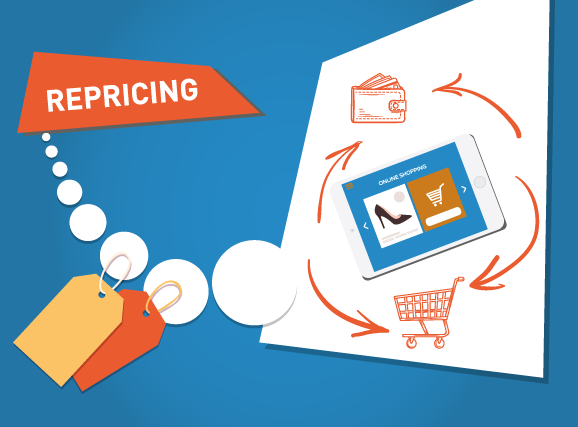
Back in the Middle Ages there was an idea that everything had a right price, as if God had said “Let a loaf of bread be worth three groats”. But on Amazon, there’s no ‘right’ price; prices change all the time, as competitors struggle to secure sales, trying to undercut each other or at least to ensure their prices are competitive.
Bricks and mortar retail prices don’t usually change so fast. Even if a competitor has a sale, it will take some time for a major retailer to respond. But on Amazon, prices might change several times a day. Right now, there are two different trends clashing; while sellers want to set their prices as low as they can, inflation means input costs are rising.
Your price is one of the biggest factors affecting your competitiveness. Not only will consumers check your price against others, but Amazon’s search engine will reward you for having a competitive price, and penalize you for selling at a price substantially higher than your cheapest rival.
Usually, FBA sellers agonize for ages about what price to launch a product at. However, the rookies then lose interest in pricing. They’re too busy doing SEO, advertising, or creating social media content.
Unfortunately their competitors are going to take advantage of this by sniping at their price. They might equal the price, or undercut it slightly, and that will change the competitive dynamics. That’s why you need to think about repricing dynamically.
You can reprice manually in Seller Central, going to Manage Inventory and simply changing the price for a listing. But if you have dozens of products, and you’re checking them every day, you’ll end up doing nothing else!
So automated repricing is a better way to go, and there are numerous solutions you can use. Automated repricing software continuously checks your competitors’ prices, and will reprice if competitors’ prices change. It can also tell if a rival has run out of stock, which might give you a chance to boost your price a bit as you no longer have to match their pricing.
Make sure you don’t let autopricing drag you into a race to the bottom, though. You ought to at least set a minimum price, or you could end up selling at a loss. You might also want to exclude some of your rivals. For instance, you could tell the repricer not to pay attention to any seller with less than a four star rating, or fewer than 30 reviews. It’s these extra rules where your expertise as a seller counts, as you have a good feel for where in the market your product ought to sit.
By the way, another benefit of automatic repricing is that it avoids manual mistakes. Key in ’10’ instead of ‘100’ as your price for Apple AirPods, and you’re in trouble!
Of course, you might not want to reduce your prices for ever. So instead, you could offer a discount for a limited period. That’s a different way of responding to competitors’ price cuts. The advantage is that it’s easier to reinstate your original price later. If your competitor only reduced their prices to make up for poor sales last month, you don’t want to get stuck with prices at that level.
That’s why you should probably tell your repricer software not to reprice more than 10 percent without alerting you. That lets small shifts be repriced automatically, but means you can carry out a discount promotion or use bundling or multi-packs to support your sales, instead of chopping your price savagely.
And of course, if you want some advice on how to use discount coupons, Vipon will be happy to help!